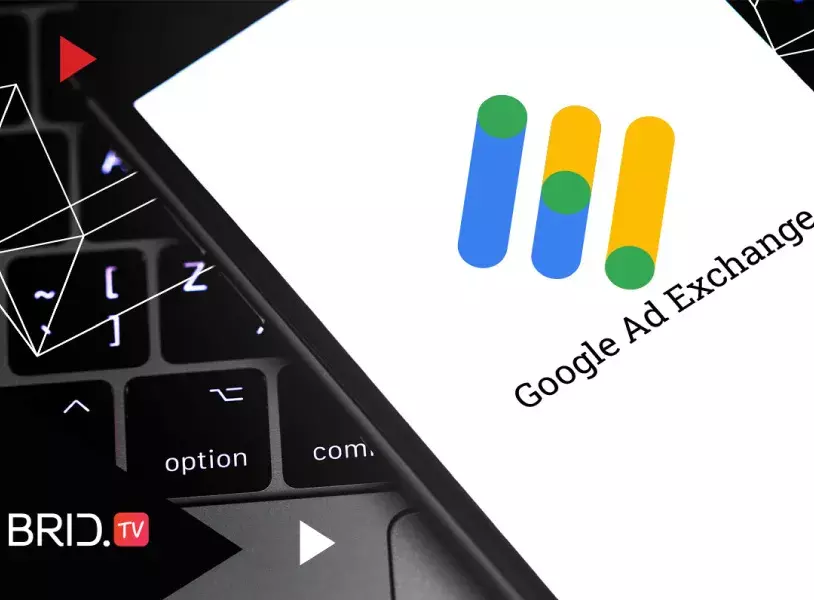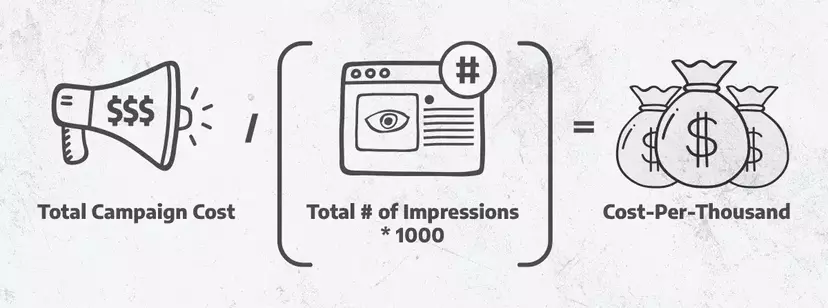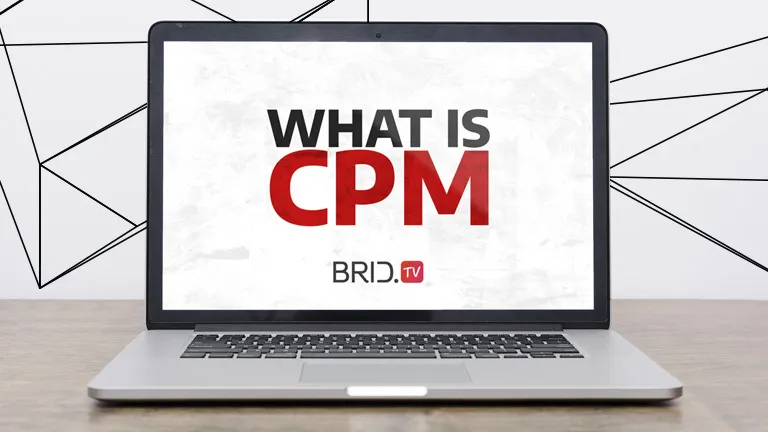With 88% of American consumers researching products online before buying them in-store, it’s no wonder businesses invest in online advertising to reach customers. People are glued to their smartphones more than ever before, and there’s a higher chance they’ll come across your brand on social media than on billboards. This explains why the digital ad spend amounted to $330 billions in 2020.
Growing your business through digital advertising campaigns has never been easier than it is today. Advertising technology is so advanced that both publishers and advertisers can automate the media buying and selling process, making the process efficient. They can sell and purchase ad space in a matter of milliseconds thanks to supply-side platforms and demand-side platforms.
That being said, we understand how online advertising can appear daunting, especially to newcomers. There’s a lot of information to absorb, various platforms to master, and many terms to know. Indeed, advertisers have to consider dozens of ad formats, performance metrics, and campaign types. The first term most of them come across is cost-per-thousand (CPM) impressions. This leads to a burning question:
“What is CPM in advertising?”
Today, we’ll be taking a look at cost-per-thousand impressions, how it works and more! By the end of this article, you’ll be ready to measure the cost of your ad campaigns.
What Is CPM?
Cost-per-thousand impressions (CPM) is the most common pricing model in online advertising. As its name suggests, it represents the amount advertisers pay to publishers for every thousand impressions or views their ad generates. If you see an ad placement advertised as $1 CPM, this means you’ll pay $1 every time your ad is seen 1,000 times on the internet.
Publishers often prepare media kits which reveal to advertisers the cost of thousand impressions served. It’s important, however, to note that CPM only measures a potential audience. There is no guarantee that customers will notice your ad or take some action after seeing it.
Also known as cost-per-mille, CPM is a popular marketing metric to track. This is because it focuses on impressions and not clicks. Additionally, this pricing model facilitates the ad buying process by expressing the total cost of large numbers of impressions rather than of only one.
What About a CPM Bid?
There’s a chance you heard of the term a “CPM bid.” So, what is a CPM bid?
A CPM bid is how much you are willing to pay for 1,000 impressions via some advertising platforms. This type of bidding is perfect for those advertisers who are looking to increase brand awareness. Advertisers are charged every time an ad is displayed on a publisher website, with the price already determined beforehand.
We’ve responded to the question, “What is the meaning of CPM?” Let’s now see how this pricing model works!

How Does Cost-Per-Thousand Impressions Work?
The cost-per-thousand impressions pricing model is used by both publishers and advertisers. In most cases, publishers determine the price of selling ad space through this model, while advertisers agree to it before launching campaigns.
Furthermore, the price may change or vary if advertisers want to target a specific, premium audience. For instance, buyers will have to pay more if they want to deliver their ads to specific countries, regions, and other.
But how can you calculate the cost of impressions when you leverage CPM advertising? There is one formula you should keep in mind.
The cost of a thousand impressions is calculated by dividing the total cost of a digital marketing campaign by the number of impressions. Then, you should multiply that figure by 1,000.

So, for instance, if your ad spend is $2,000 and you want to generate 750,000 impressions, then your CPM rate would be $2.66.
Factors Affecting Cost-Per-Thousand Impressions
Are there any factors that can affect the rates of cost-per-thousand impressions? Yes! There are many factors that go into determining the price of this model for one campaign. You should bear in mind that these factors are the same whether you’re participating in a bidding auction or reserving campaigns in advance.
- Location: The rate of cost-per-thousand impressions can vary depending on how developed the digital advertising industry is in a specific country. Another thing that can influence the cost is the spending power of the population.
- Date and time: Aside from the location, date and time also influence the rates. For instance, holidays and Black Friday may encourage customers to spend more. This will drive up CPMs.
- Device: Advertisers rely on various platforms to get insights into their target audience. One piece of information they receive from them is the types of devices their customers are using. This is also taken into consideration for cost-per-mille. Even though mobile is overtaking desktop in terms of traffic, desktop CPMs are higher because they generate better conversion rates.
- Website: Niche publishers are able to earn more because their audience is more segmented and homogeneous than that of a generic news website. Also, more businesses are focusing on brand safety when looking for ad placements. So, a higher quality website can request higher prices for this model.
As you can see, the cost of a thousand impressions is the result of many factors that determine it. Once you set up your campaign, your demand-side platform will look for an ad space which will showcase your ad. Based on the information you enter, the CPM rates will be determined.
In the second quarter of 2020, the cost-per-mille of advertising on social media was $4.33. That means that advertisers had to pay this much to get their ads in front of a thousand potential customers.
You May Also Like: A Publishers Guide to Ads.txt: What Is Ads.txt and How to Implement It
Cost-Per-Thousand Impressions vs. Cost-Per-Click – What’s the Difference?
A question some of you probably have by now is: “What’s the difference between cost-per-thousand impressions and cost-per-click (CPC)?” All those acronyms can be confusing, so it’s not surprising you’re wondering that!
A cost-per-thousand impressions refers to the price a marketer would pay to receive 1,000 impressions for their ad on a publisher website. CPM is all about impressions. If the goal of your campaign is to increase brand visibility, then you should go with this pricing model.
A cost-per-click or pay-per-click refers to an advertising deal where the advertiser compensates the publisher whenever potential customers click on their ad. No matter how many times the ad is viewed, the advertiser will incur costs only when someone clicks on it. If the goal of your campaign is to drive traffic to your website, then you should invest in CPC advertising.
What Is a Good CPM?
Your brand probably has a fixed advertising budget, and you want to get a great value for your money. So, what is a good CPM?
Unfortunately, you can’t determine whether cost-per-mille is good or bad based on one value. But you can analyze past performance data and evaluate the impact of the campaign on your ROI to conclude whether or not you should make the next investment.
What’s more, as you might know by now, rates can vary depending on an industry and what your marketing goal is. If you don’t care about the performance of your ad campaign, you’ll probably find a lower cost-per-thousand impressions. However, your ads might not be targeted to people who are really interested in your products or services. This means you’re spending your budget without achieving your marketing goals.
So, a good CPM is the one that works best for your business. To conclude which one is suitable for your needs, you should analyze data and monitor your campaigns. This will tell you how your campaign is performing and whether you should make some tweaks until you find the best cost per platform.
Getting Started With CPM
Given how popular this pricing model is, marketers will keep on investing in CPM advertising for years to come. You should take this metric into consideration when developing and measuring the performance of your campaigns. Analyze the market and determine whether a particular cost-per-thousand impressions works for your business!
FAQ
What is CPM on YouTube?
Cost-per-thousand impressions is a metric that shows how much money advertisers are spending to show their ads on YouTube.
What is a good CPM on YouTube?
CPM varies a lot depending on many factors, including location and device used. But anything over $3 CPM can be considered good, especially on the seller side.
What is CPM on Facebook?
CPM on Facebook stands for cost-per-thousand impressions. It measures how much advertisers are willing to spend for every thousand impressions an ad generates.
What is a good CPM on Facebook?
The average CPM on Facebook for the high performers is around $2. But what is considered as a good CPM on Facebook depends on the industry advertisers are targeting.
What is CPM on Google AdSense?
CPM is an acronym for cost-per-thousand impressions. Advertisers running CPM ads set the desired price per 1,000 impressions before launching their campaigns.
What is a good CPM on Google Adsense?
A good CPM on Google AdSense amounts to $2.80.

